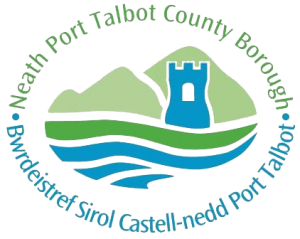
HOW DOES WATER INJECTION DREDGING WORK?
Water Injection Dredging is a technique in which a specially developed Water Injection Dredger injects large volumes of water at a low pressure into the sediment, using pumps with a series of nozzles on a horizontal jetbar. This fluidises the sediment by effectively overcoming the cohesion in fine- grained (cohesive) soils or internal friction of coarse-grained (granular) soils. This fluidised sediment then remains close to the river or channel bed, flowing down to deeper areas.
Fluidised soil is also sometimes referred to as fluid mud, fluid bed or density cloud, but since the sediment remains just above the bed, the term “fluidised soil layer” is generally agreed to be a more apt description.
Staying close to the bed creates a density current that then, either by the force of gravity or through a natural or artificially created slope, flows downwards to deeper water. This all occurs with a minimum of disturbance to the equilibrium of the ecosystem. In this way, instead of mechanical transportation, nature takes care of the sediment transport, making Water Injection Dredging under certain conditions a very cost-efficient dredging technique.
WHY CHOOSE WATER INJECTION DREDGING?
As a relatively new technique for dredging, Water Injection Dredging is not necessarily the first dredging technique that springs to mind when looking for a solution to increasing water depths at ports and in access channels. Yet it can be a very reasonable, economically viable and environmentally sound method. Especially for maintenance dredging or in areas that are difficult to reach, the smaller size of a Water Injection Dredger can offer mobility, flexibility and economy.
In circumstances in which sediments are not contaminated, and where placement of dredged material back into its own natural environment is permitted, the method can offer environmental advantages and provide cost savings as fewer crew are needed, no auxiliary plant is necessary and less energy is used as the sediment is moved by natural forces
OTHER APPLICATIONS FOR WATER INJECTION DREDGING
Because a WID vessel does not dig into or excavate sediment as do traditional dredgers, but rather applies water through its jets to dilute the sediment layer, it can operate in places where other types of equipment cannot, for instance, under- neath jetties and moored vessels. This means the risk of damaging underwater infrastructure, such as cables and pipelines, quay walls, lock aprons and dry-docks is lower.
Under appropriate conditions, a WID vessel can also be used for levelling the water bed for pipelines, tunnel sections, and so on or for increasing the depth of pipelines and cables. Using the density current transport system, a moving current may not be necessary if sediment and bathymetry conditions are suitable

If you have a question or query about our services or anything else, we'd love to hear from you...







JD Marine and Sons LTD
JD Marine and Sons is a limited company registered in Wales. Company number: 8142732. Registered address: 58 Mariners Quay, Port talbot United Kingdom, SA12 6AN.
Website design by Pedwar.